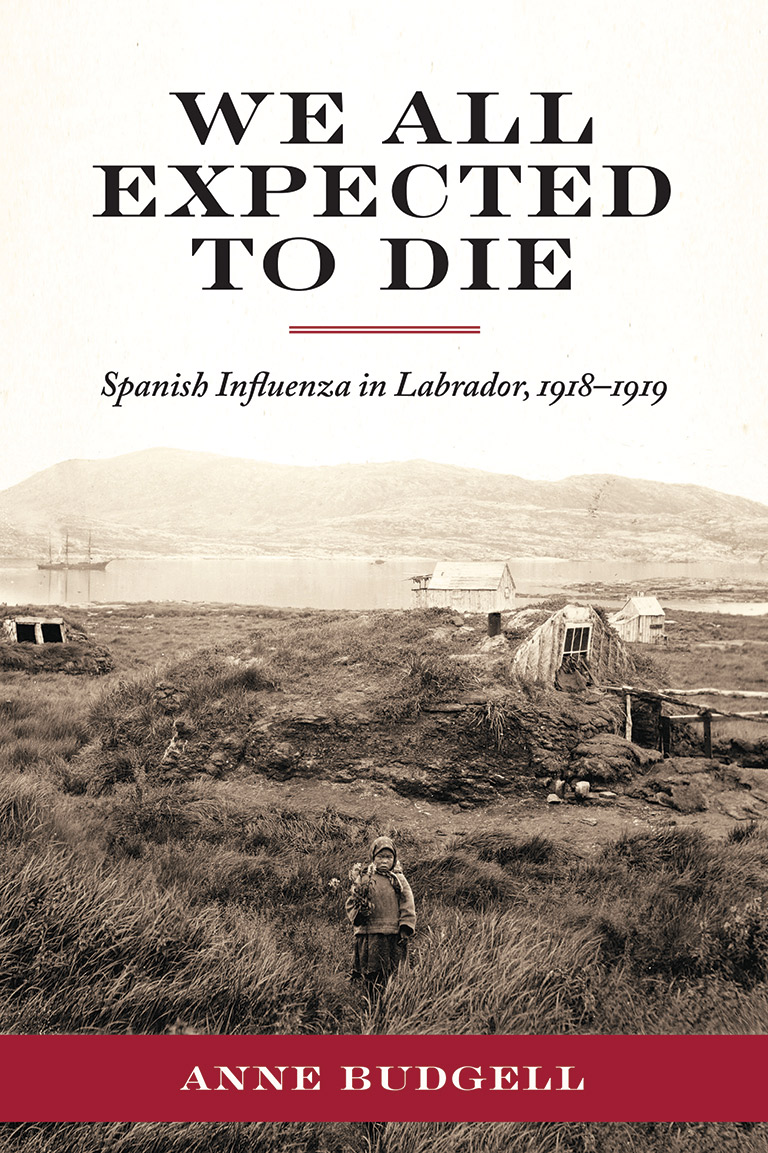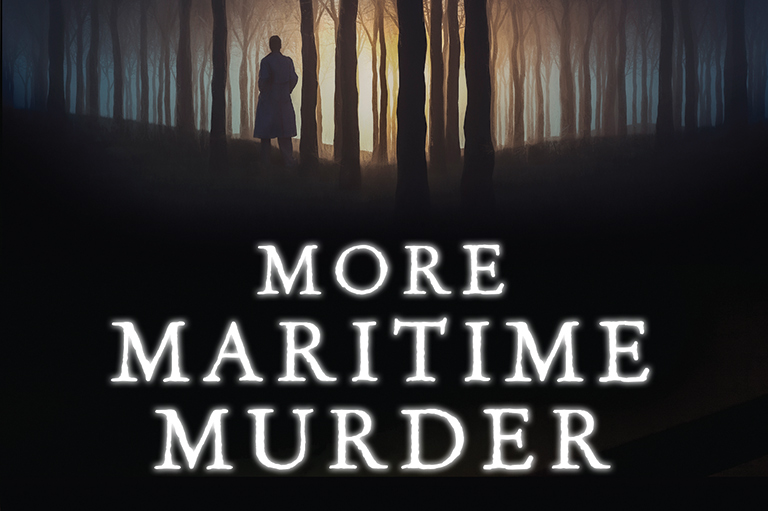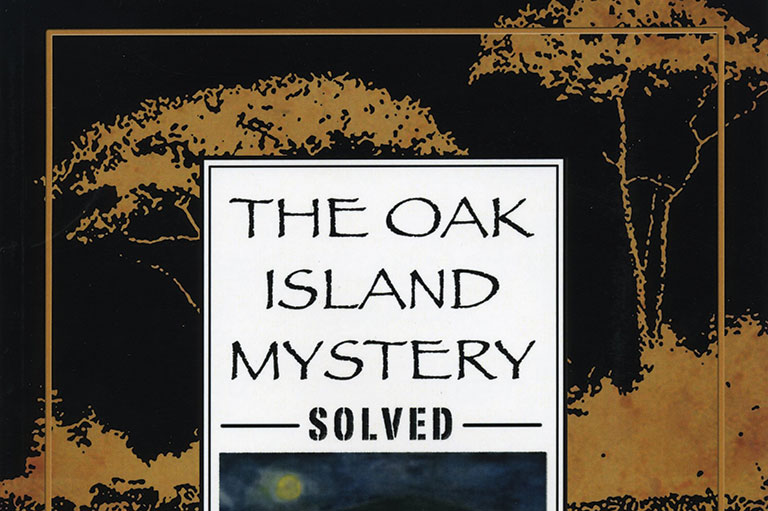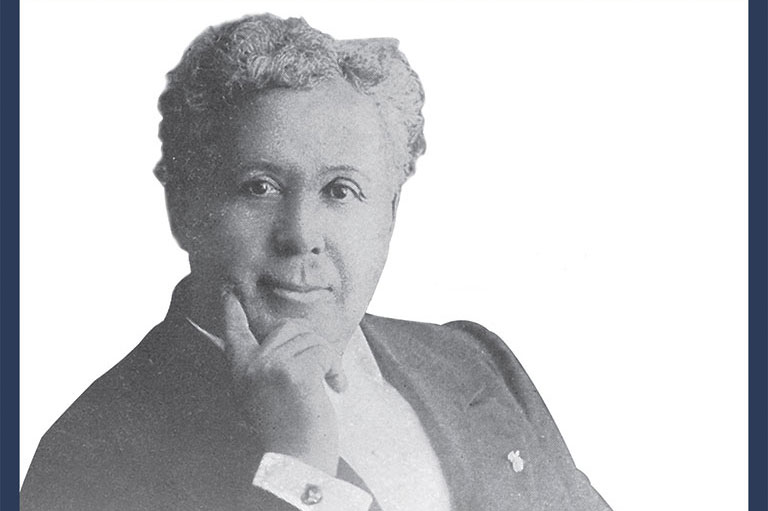We All Expected to Die

We All Expected to Die: Spanish Influenza in Labrador, 1918–1919
by Anne Budgell
ISER Books, 392 pages, $26.95
One of the saddest places I’ve ever seen is Hebron, an abandoned coastal settlement in northern Labrador. All that is visible today is a long and decaying building, its wooden walls silvered and shrunken by harsh Atlantic winds, and the overgrown remnants of sod houses in the scrubby land around it. These are the ghostly remains of a once-buoyant community and trading post that was established among the Inuit by Moravian missionaries from Germany late in the eighteenth century and that had a population of over two hundred by 1918.
But that fall, the Moravian supply ship Harmony arrived from St. John’s with a sailor aboard suffering from Spanish influenza. Within a month, the Inuit inhabitants of Hebron and the neighbouring Moravian community of Okak were almost completely wiped out.
Further south on the Labrador coast, infected sailors aboard the freight ship Sagona spread the flu into fishing communities in the Sandwich Bay area. The death toll amongst these settlers was alarming, but nothing close to the near obliteration of the Inuit converts in Hebron and Okak. The Newfoundland government in St. John’s showed little concern about any of these appalling public-health disasters along the Labrador coast. A reporter quoted a government minister shrugging, “Let ’em die.”
Newfoundland journalist Anne Budgell has mined diaries, letters, official correspondence, and newspapers in her extraordinary account of how — and why — the flu epidemic was more deadly in remote Labrador than anywhere else on the globe. Survivors described with chilling precision how strong men dropped dead while stoking the stove, how dogs feasted on the rotting corpses, and how children were left orphaned and starving. In most of the affected communities there were too few adults left to dig graves in the frozen ground; some corpses were tipped through holes chipped into thick sea ice.
We All Expected to Die has elements of the kind of dystopic end-of-time fiction that is fashionable today — but the events in Labrador a century ago involved real people. Their ghosts surround you in Hebron. Budgell’s careful reconstruction of the impact of a pandemic is an impressive achievement.
Themes associated with this article
Advertisement




